The Petzval lens is an optical design initially invented by Austrian optical engineer Joseph Petzval in the early 19th century. This lens design holds significant importance in optical history as it was the first successful large-aperture, short focal length lens, contributing significantly to the development of photography technology.
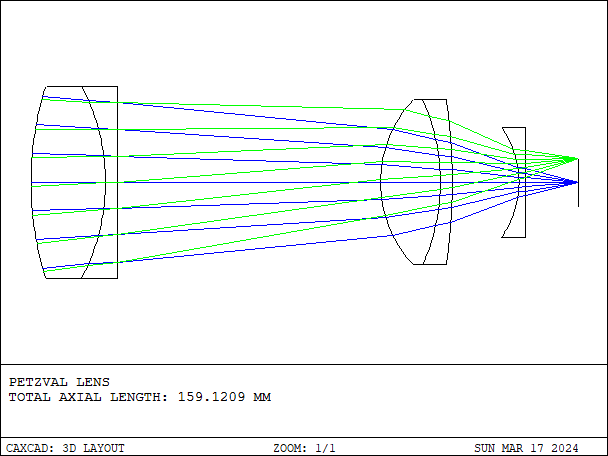
The Petzval lens possesses the following characteristics and advantages:
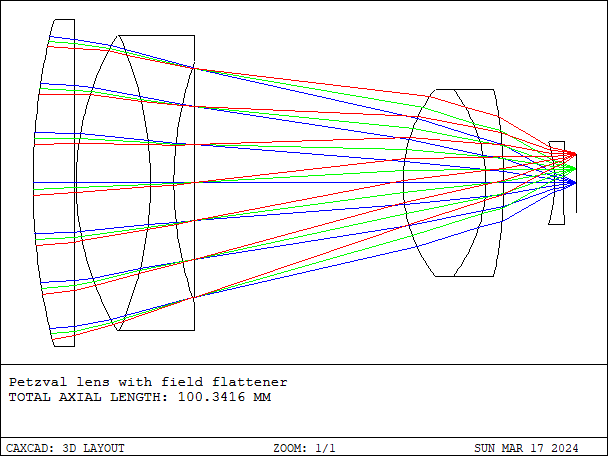
Wide aperture: The Petzval lens design allows for the realization of large apertures, making it suitable for photography in low-light conditions and capable of producing artistic background blur effects.

Fast focal length: Compared to traditional lenses, the Petzval lens has a faster focal length, enabling excellent performance in capturing fast-moving subjects or scenes requiring quick focusing.

Image quality: Petzval lenses typically exhibit higher resolution and clarity in the central area, resulting in very sharp images at the center.
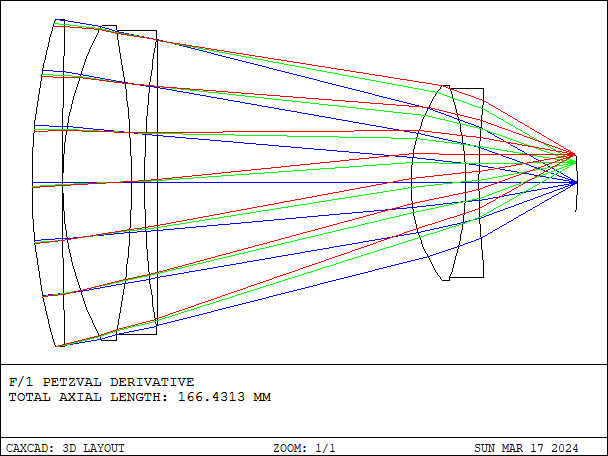
Distortion characteristics: The design of Petzval lenses often produces strong radial distortion, which may cause stretching or compression effects at the edges of the image. This distortion can be utilized to create unique visual effects.
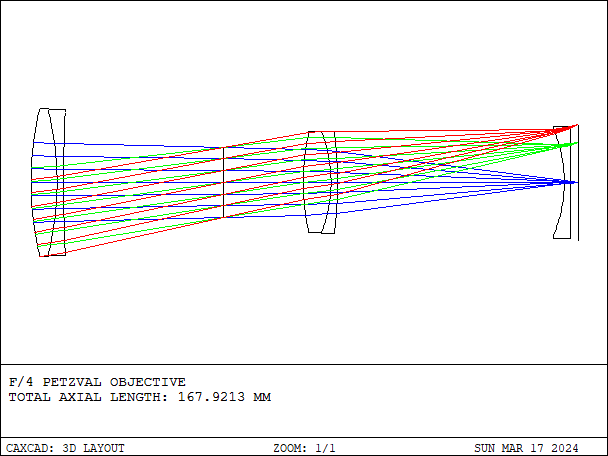
Complex optical construction: Petzval lenses typically consist of multiple optical elements, including positive and negative lenses, as well as front and rear lens groups. This complex design helps to overcome lens aberrations and produce high-quality images.
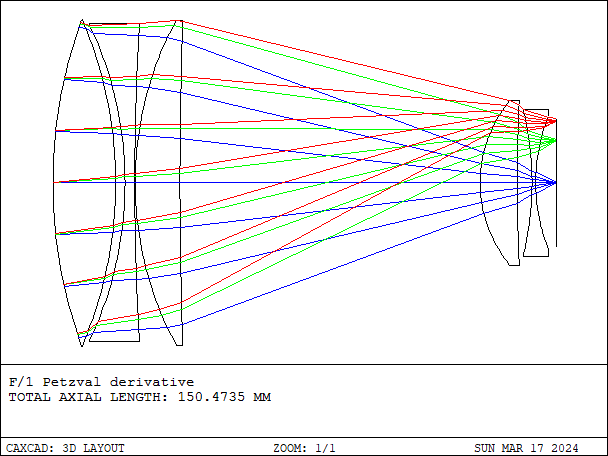
Artistic appeal: Due to its unique optical characteristics and aesthetics, the Petzval lens is often used for artistic photography and special effects, such as portraits, landscapes, etc.
While the Petzval lens has played a significant role in history and continues to be favored by some photographers, it also has some drawbacks, such as complex design and higher cost. Nevertheless, the unique optical characteristics and artistic appeal of the Petzval lens maintain its special status in the world of photography.

